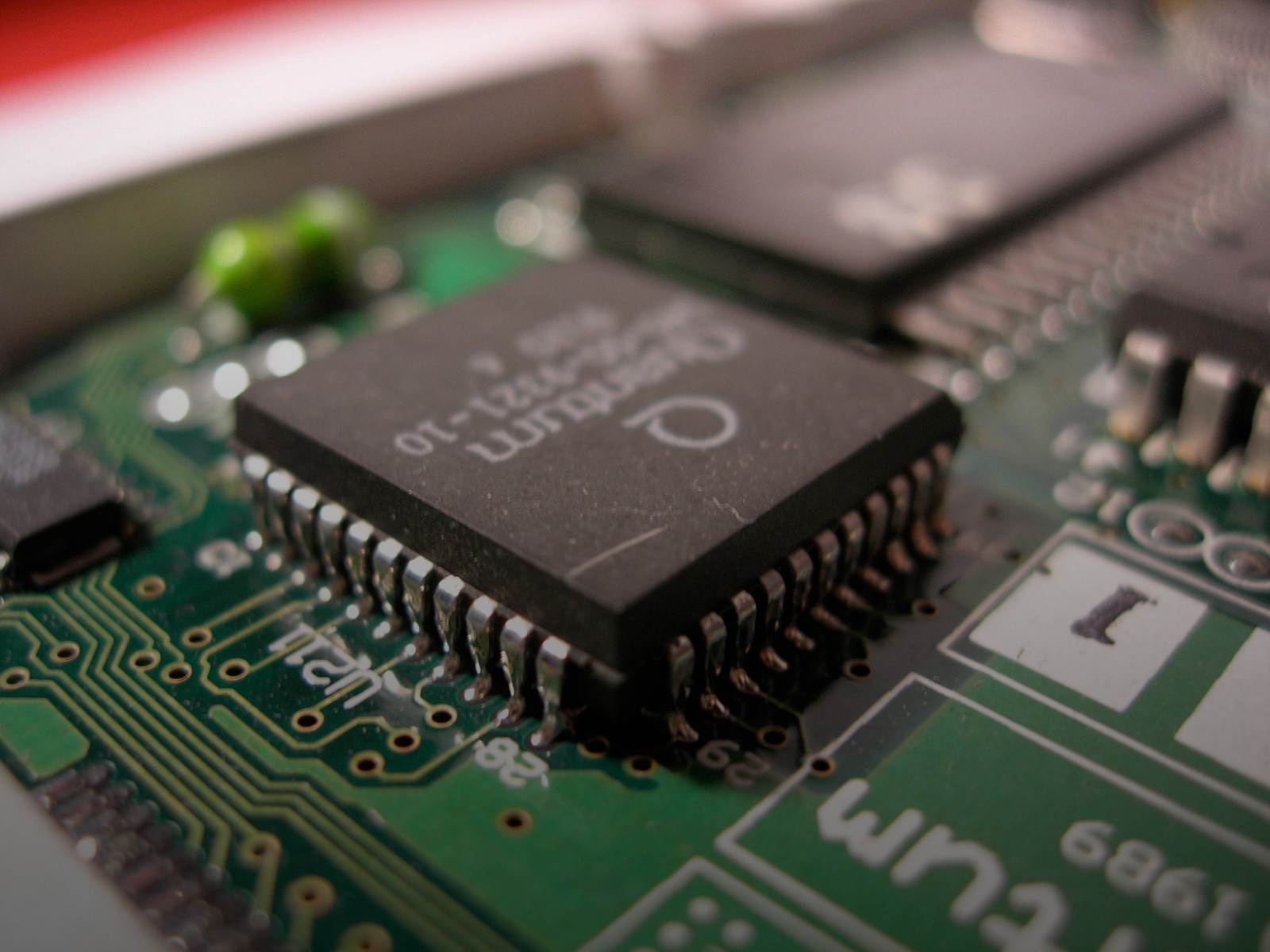Quantum computing uses our growing knowledge of the subatomic world to create machines with much more power than conventional computers.
Google scientists say they have passed an important milestone in their quest to develop efficient quantum computing, with a new study published in Nature which shows that they have reduced the error rate, which has long been the main hurdle of this technology.
Quantum computing holds great promise for creating the computers of the future, using our growing scientific knowledge of the subatomic world to create a machine with powers far superior to today’s conventional computers.
However, the technology remains largely theoretical, with many issues still getting in the way, including very high error rates. In the new study, Google’s Quantum Artificial Intelligence Lab describes a system capable of significantly reducing the error rate.
That could give the US tech giant an edge over rivals such as IBM, which is also working on superconducting quantum processors.
How quantum computers work
While traditional computers process information in bits that can have a value of 0 or 1, quantum computers use qubits, which can be a combination of several values at the same time with different probabilities.
This property, known as superposition, means that a quantum computer can simultaneously process an enormous number of potential outcomes. These computers take advantage of some of the most surprising aspects of quantum mechanics, including a phenomenon known as “entanglement,” in which two members of a bit pair can exist in the same state, even if they are far apart.
However, a problem called “decoherence” can cause qubits to lose their information when they leave their quantum state and come into contact with the outside world. This fragility causes high error rates, which also increase with the number of qubits, frustrating scientists who want to speed up their experiments.
The Google team claims to have demonstrated for the first time in practice that a system using error-correcting code can detect and correct errors without affecting information. The system was first theorized in the 1990s, but previous attempts have only generated more bugs, not fewer. Only when all components of the system have low enough error rates does the magic of quantum error correction kick in.
The researchers believe that “quantum error correction is the most important technology for the future of quantum computing”. However, they consider that the result is still “not good enough” and need to come up with an even lower error rate.
Google already claimed in 2019 that it had passed a milestone known as “quantum supremacy”, when the company said its Sycamore machine performed a calculation in 200 seconds that would take 10,000 years to complete on a conventional supercomputer. However, the achievement has since been disputed, as Chinese researchers claimed last year that a supercomputer could have beaten Sycamore’s time.
REFERENCE
Suppressing quantum errors by scaling a surface code logic qubit
